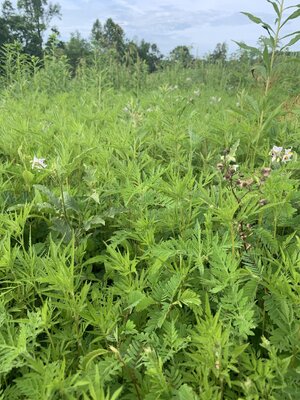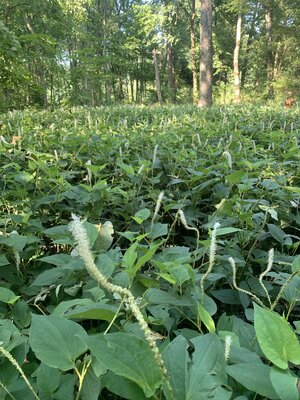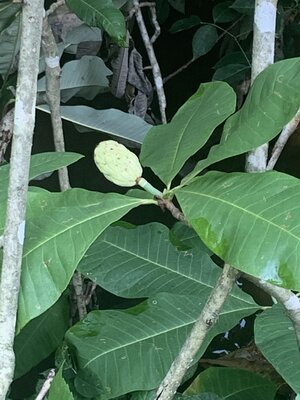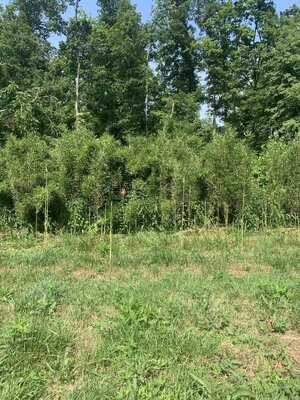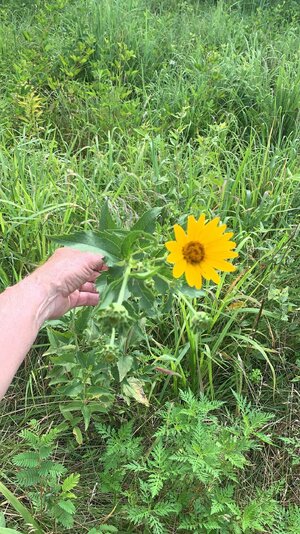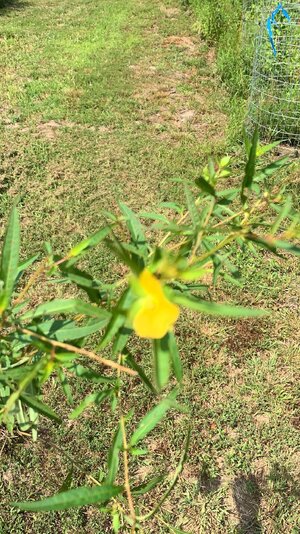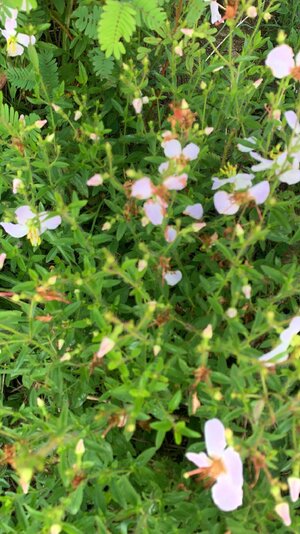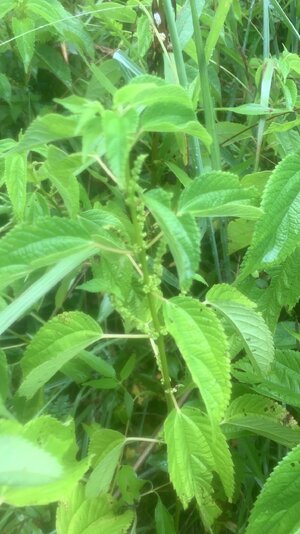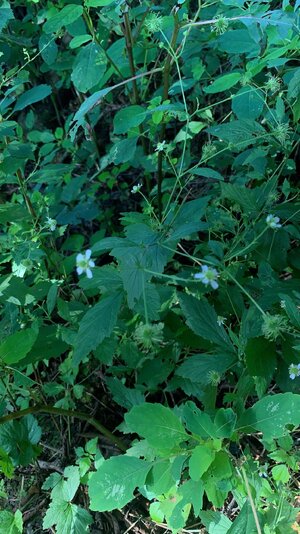deer patch
Well-Known Member
it did work like I planned, but I got tied up with a bunch of things and didn’t hunt much. Also, our Turkey population has gone down a lot over the last couple of years. There were only 3 toms on my property and the surrounding farms.
I’m afraid that this is a common theme across the south and nobody knows why. There are several states doing studies now on the decline of the turkey, so hopefully one of the studies or a combination of two will give us some insight on the subject but that’s a subject for another thread.


